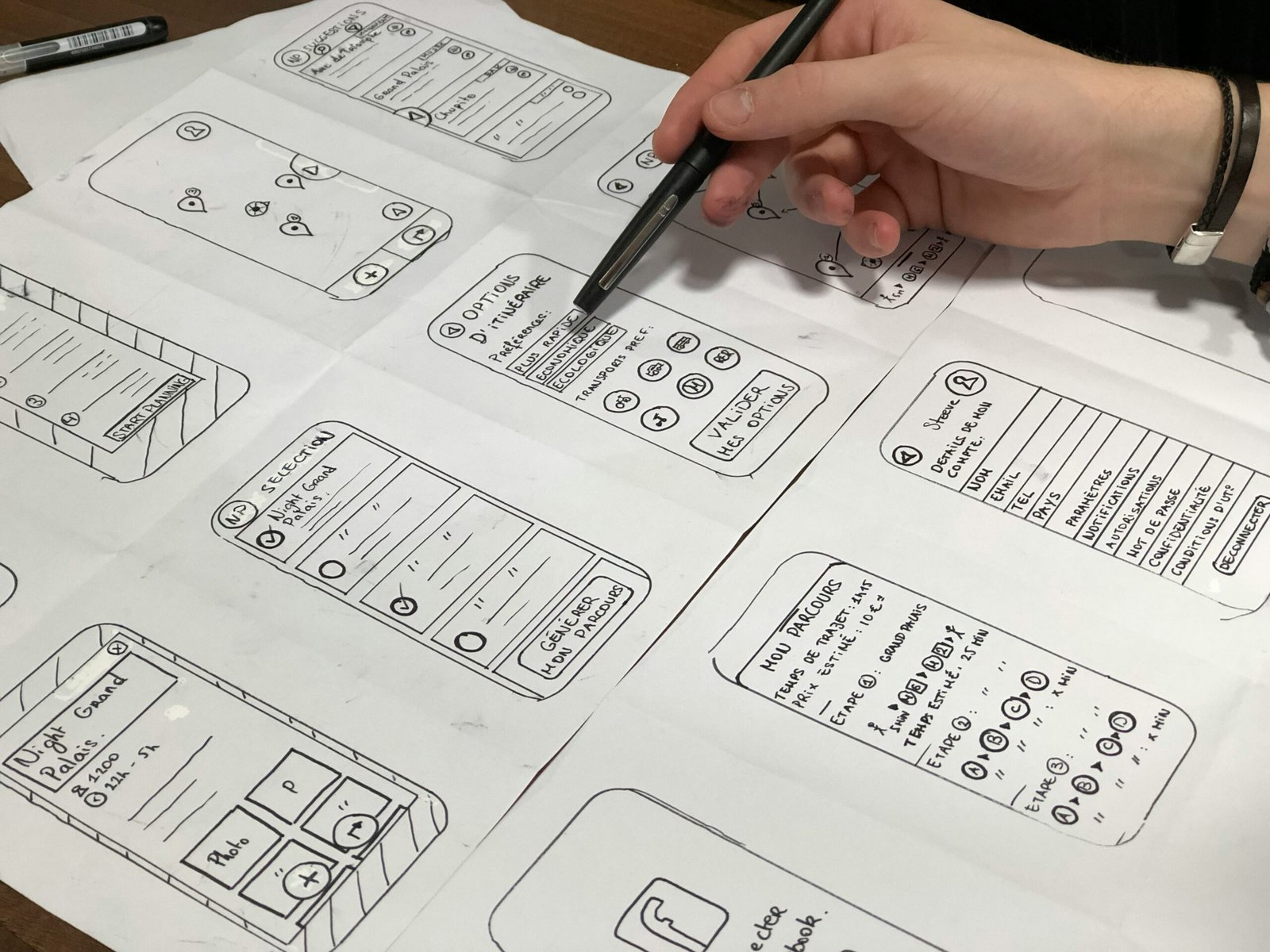In today’s rapidly changing world, water scarcity has become a pressing issue. As the global population continues to grow, the demand for water increases, putting a strain on our limited water resources. To address this challenge, innovative solutions are needed to manage water efficiently. One such solution lies in the development of user interface (UI) and user experience (UX) solutions for conservation apps.
The Role of UI/UX in Water Conservation Apps
UI/UX design plays a crucial role in the success of any mobile application, including those focused on water conservation. A well-designed UI/UX can enhance user engagement, encourage behavior change, and provide a seamless experience for users.
When it comes to water conservation apps, an intuitive and visually appealing UI can help users easily navigate through the app’s features and understand the information presented. Clear and concise visuals, such as charts and graphs, can effectively communicate water usage data and trends, making it easier for users to track and manage their consumption.
Moreover, a well-designed UX can motivate users to adopt sustainable water practices. Features like personalized water-saving tips, reminders, and goal-setting mechanisms can encourage users to actively participate in water conservation efforts. By providing a positive and enjoyable experience, UI/UX solutions can drive user engagement and foster long-term behavior change.
Key UI/UX Features for Water Conservation Apps
1. Water Usage Tracking: A key feature of any water conservation app is the ability to track water usage. An intuitive UI can present this data in a visually appealing and easy-to-understand manner. Users should be able to view their daily, weekly, and monthly water consumption, compare it to benchmarks, and set goals for reducing their usage.
2. Personalized Recommendations: UI/UX solutions can provide personalized recommendations based on users’ water usage patterns. By analyzing data and using machine learning algorithms, the app can suggest specific actions to reduce water consumption, such as fixing leaks, upgrading to water-efficient appliances, or adjusting irrigation schedules.
3. Gamification Elements: To enhance user engagement, UI/UX solutions can incorporate gamification elements into water conservation apps. Features like challenges, achievements, and leaderboards can make the experience more enjoyable and competitive, motivating users to continue their water-saving efforts.
4. Community Engagement: UI/UX solutions can facilitate community engagement by allowing users to share their achievements, participate in challenges, and connect with like-minded individuals. Social features like forums or chat groups can create a sense of community and encourage users to support each other in their water conservation journey.
Challenges and Considerations
While UI/UX solutions have the potential to revolutionize water conservation apps, there are several challenges and considerations to keep in mind:
1. Accessibility: UI/UX designs should be accessible to all users, regardless of their age, language, or physical abilities. Considerations such as font size, color contrast, and language localization are essential to ensure inclusivity.
2. Data Privacy: Water usage data is sensitive information, and UI/UX solutions must prioritize data privacy and security. Clear communication and transparent data handling practices are crucial to build trust with users.
3. User Feedback and Iteration: Continuous user feedback is essential to improve the UI/UX of water conservation apps. Regular updates and iterations based on user insights can enhance the overall user experience and drive higher engagement.
Conclusion
UI/UX solutions have the potential to revolutionize water conservation apps by providing intuitive interfaces, personalized recommendations, gamification elements, and community engagement features. By leveraging these UI/UX solutions, we can empower individuals to actively participate in water conservation efforts and make a positive impact on our planet’s future.












Leave a Reply